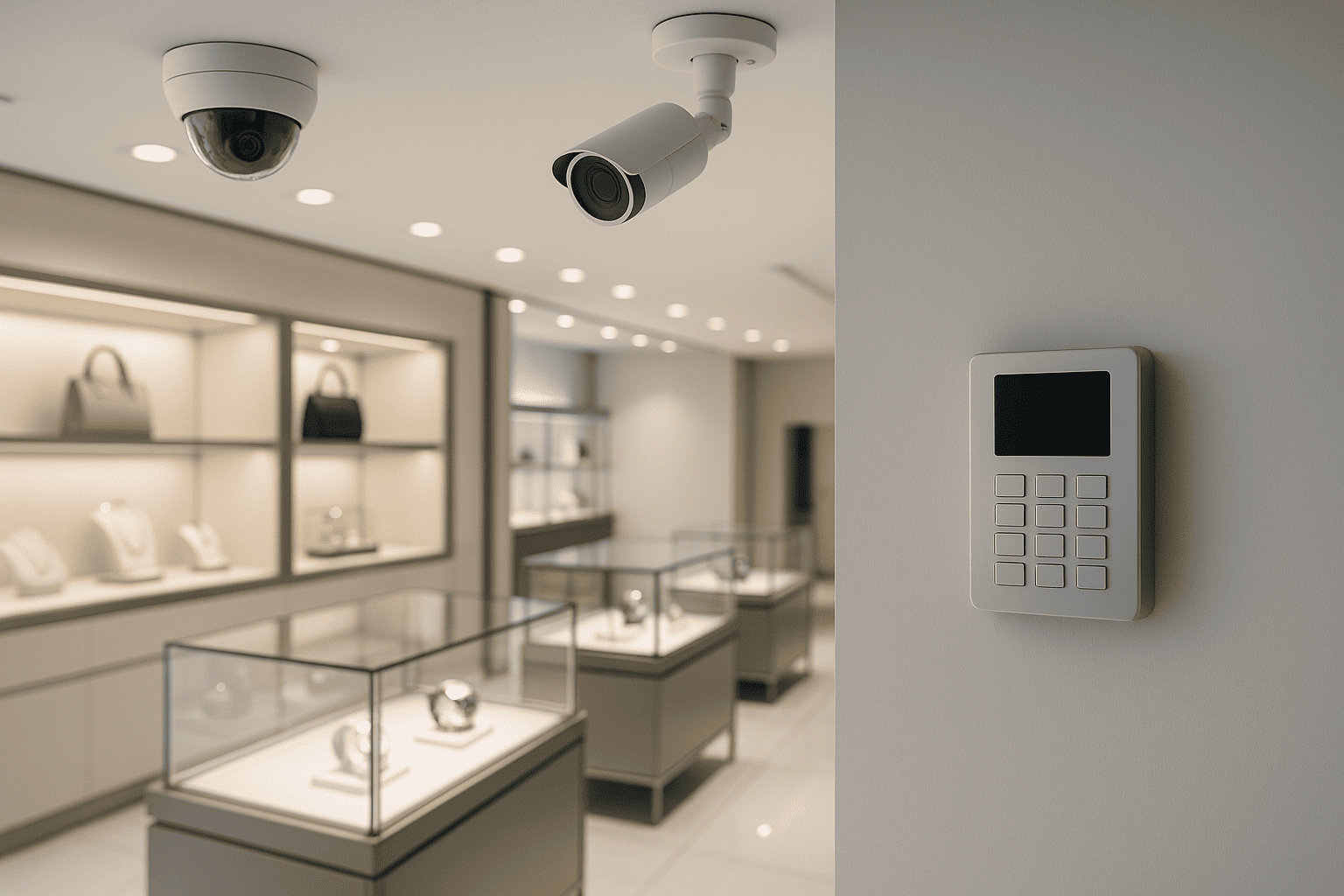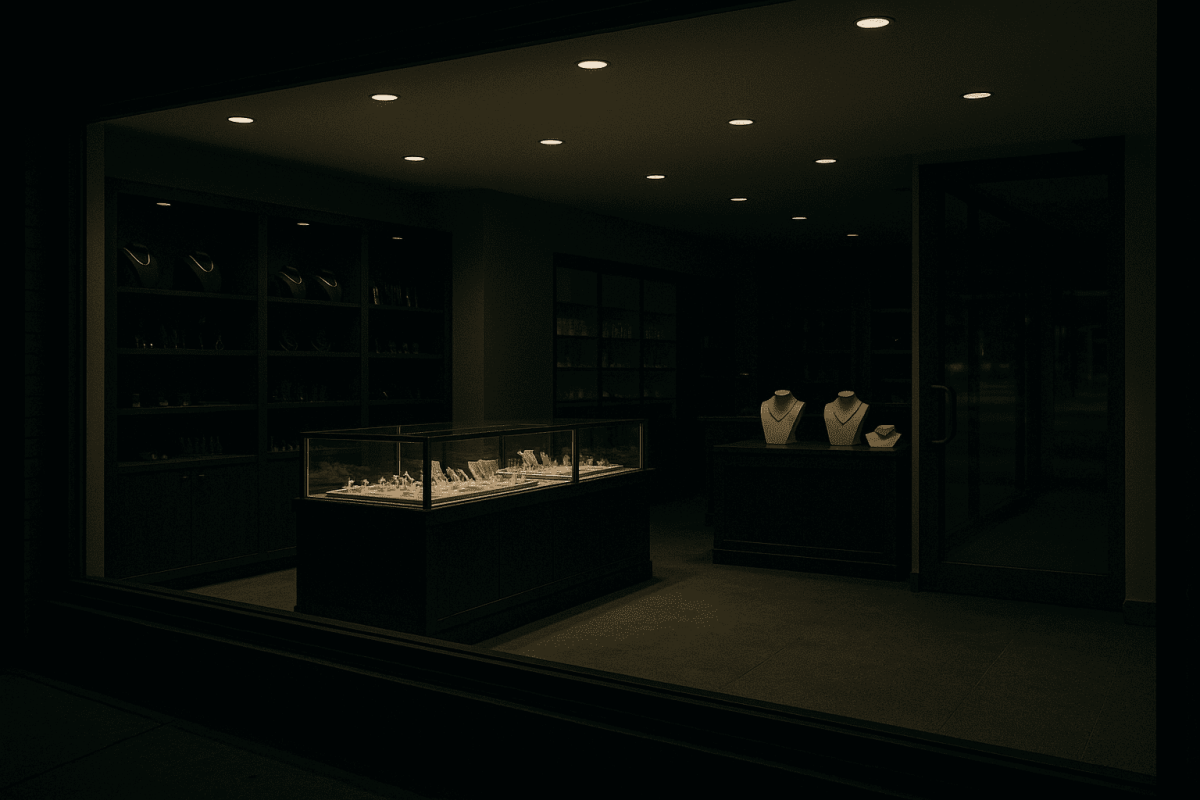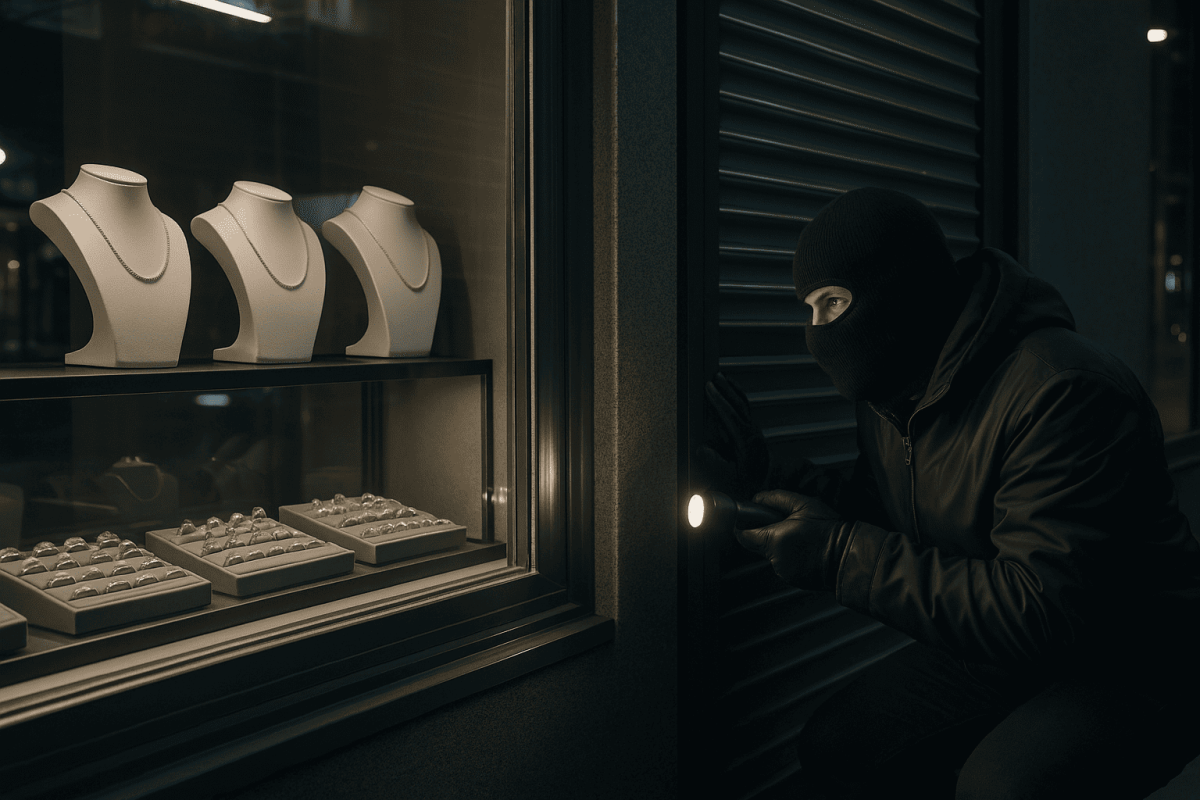Jewellery businesses handle compact items with disproportionately high financial value, making them prime targets for sophisticated criminals. Without proper protective measures, a single incident can result in hundreds of thousands, or even millions of ringgit in losses.
Beyond the financial consequences, the reputational damage and disruption to operations can take months—or even years—to recover from. Understanding how to protect high-value assets is therefore essential for anyone operating in this industry.
What is High Value Protection in the Jewellery Industry
High value protection refers to the comprehensive safeguarding of valuable assets through a combination of physical security systems, inventory controls, staff procedures, and specialised insurance. In the jewellery industry, this means protecting items such as gold, diamonds, gemstones, luxury handbags and luxury watches from theft, damage, or loss.
For jewellery wholesalers, gold shop owners, manufacturers, pawnshops, and high-end retailers, high-value protection is not optional—it is critical to long-term survival and customer trust.
Understanding High-Value Risks in Jewellery Businesses
Jewellery businesses operate in a risk environment that differs significantly from most retail sectors. The value-per-square-inch of inventory is exceptionally high, and criminals are well aware of this. In addition to external threats like theft or burglary, business owners must also consider risks during transit, internal fraud, and environmental damage.
A recent case in Ipoh underscores the stakes. In early 2025, suspects armed with machetes intercepted two individuals carrying jewellery worth RM1.54 million, just as they were loading items into a car. The suspects rammed the victims’ vehicle, stole the bags, and fled the scene in multiple vehicles with fake number plates, highlighting how vulnerable jewellery-in-transit can be without specialised protection.
1. Robbery and Burglary
Robbery and burglary are among the most immediate and visible threats. These can take the form of daytime armed robberies, after-hours break-ins, or smash-and-grab incidents. Criminals often study store routines in advance, identifying weak spots such as dim lighting, predictable opening hours, or minimal staff presence.
2. Transit Losses
Transit losses are another common concern. Valuable items are often moved between branches, clients, exhibitions, or even countries. Without proper handling, real-time tracking, and insurance coverage, these goods are at risk of being lost or stolen in transit—sometimes without any clear indication of how or when it happened.
3. Internal Theft and Fraud
Internal theft and fraud represent a more discreet but equally damaging threat. Staff with access to stock, safes, or records can manipulate inventory, remove items gradually, or even collude with external actors. These losses often go undetected until audits reveal significant discrepancies.
4. Environmental Risks
Environmental risks, such as fire, water damage, or power outages, can destroy both inventory and infrastructure. A single electrical fault could lead to the loss of millions of ringgit in uninsured stock, particularly if items are not kept in safe boxes.
Core Components of High Value Protection
Protecting high-value items effectively requires a multi-layered approach. This includes installing physical security systems, managing inventory accurately, training staff thoroughly, and ensuring that comprehensive insurance is in place. Each layer strengthens the others, creating a complete system of risk mitigation.
Comprehensive Security Systems
A physical security system is the first and most visible layer of defence. This begins with CCTV surveillance, which should cover every entry point, showroom, vault, and stockroom. Modern systems provide high-definition footage, low-light visibility, and continuous recording—even during power outages.
Alarm systems should include motion detectors, glass-break sensors, and panic buttons. These should be tested regularly and linked to emergency responders. Panic buttons placed at counters and in staff-only areas allow for discreet alerts in the case of a robbery. Real-time monitoring through a Central Monitoring Station (CMS) ensures a rapid response in the event of an incident.
Secure vaults and safes are essential for storing unsold inventory or rare items. These should meet international standards for fire and burglary resistance, and be anchored to prevent removal. Dual-control or biometric access adds an additional layer of control.
Inventory Management and Control
Accurate inventory tracking ensures that losses can be detected early and that insurance claims can be supported with complete documentation. Digital systems are now standard in the industry and provide real-time stock updates, audit trails, and automatic alerts for discrepancies.
Regular audits remain a vital practice even with digital systems in place. Cross-checking records manually at regular intervals ensures accountability and helps detect internal fraud. It also reinforces trust between staff and management.
Staff Training and Awareness
Even the best technology can be undermined by human error. Well-trained employees are the most adaptable part of any protection strategy and often the first to notice early warning signs.
Training should focus on identifying suspicious behaviour. This may include customers asking unusual questions about store layout, individuals returning frequently without making purchases, or visitors attempting to distract staff. When employees know what to look for, they can take preventative action before a threat escalates.
Staff should also understand emergency procedures, such as when to trigger alarms, how to communicate discreetly with law enforcement, and how to guide customers to safety. Regular drills help ensure these procedures are followed under pressure and not forgotten in high-stress situations.
Training also extends to internal ethics and handling valuable stock responsibly. Employees should understand that access to safes and inventory is a privilege and that every interaction with stock is tracked and accountable.
Jewellers’ Block Insurance: A Critical Safety Net
Physical security and procedural safeguards are essential, but no system is entirely foolproof. In the event of a major incident, jeweller’s block insurance is the only protection that guarantees financial recovery.
Jewellers’ block insurance is a specialised policy created for businesses that trade in gold, diamonds, and luxury jewellery. It differs from general business insurance by covering categories unique to the industry. These include armed robbery, internal theft, accidental loss, and loss during transit. Many policies also cover consignment stock and exhibition risks—scenarios that are often excluded from standard coverage.
Choosing the Right Jewellers’ Block Insurance
Not all policies offer the same level of protection. When evaluating jewellers’ block insurance options, store owners should consider several critical factors:
- Coverage should include on-premise stock, off-site items, goods in transit, and exhibition inventory.
- Claims process efficiency is essential to minimise operational downtime and restore business quickly after a loss.
- Reputation of the provider matters. Insurers with specific jewellery industry experience can offer better guidance and faster support.
A common mistake is underinsuring to reduce premiums. This often leads to limited compensation in the event of a loss. Another error is relying on general business insurance that may not cover key risks such as theft during transit.
Integrated Protection: Combining Security and Insurance
Security systems and insurance should not operate in isolation. When combined, they offer the highest level of protection. A well-secured business is not only less likely to suffer losses but also benefits from lower premiums and faster claim approval.
Integration also means aligning inventory tracking with insurance records, linking CCTV to access logs, and ensuring that emergency protocols meet insurer requirements. This holistic approach creates a system where every element supports and reinforces the others.
How AEG – Anglo East Group (Malaysia) Supports High Value Protection
AEG – Anglo East Group (Malaysia) offers a complete high-value protection solution tailored specifically to the jewellery industry. With over 40 years of experience and full binding authority from the London insurance market, AEG is uniquely positioned to protect high-risk businesses in Southeast Asia.
AEG provides:
- Immediate policy issuance for jewellers’ block insurance
- Unlimited liability coverage for items of any value
- Customised security systems, including CMS-monitored alarms, HD CCTV, biometric access, and reinforced vaults
- 24/7 support and technical response, ensuring round-the-clock protection
By combining world-class insurance with physical security expertise, AEG enables jewellers to operate with confidence, knowing their assets are protected at every point of risk.




